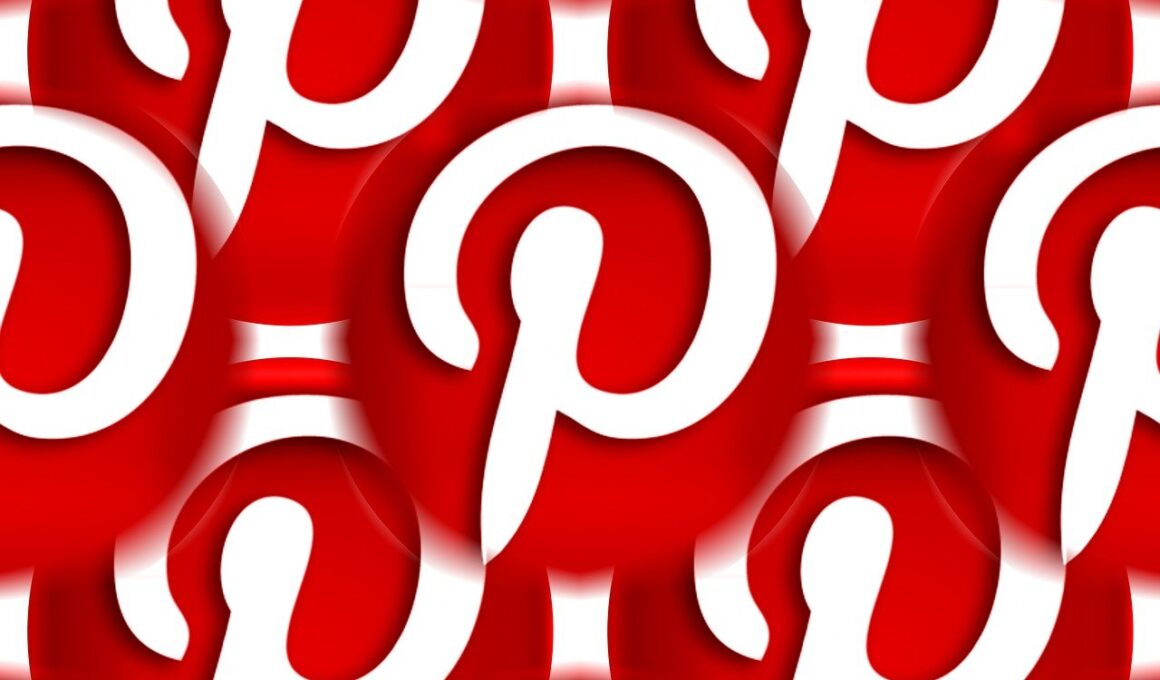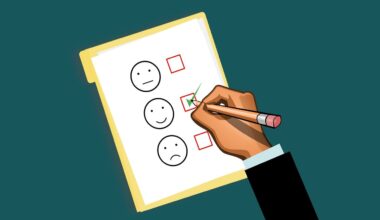Understanding the Pinterest Image Misuse Crisis: An Overview
The Pinterest Image Misuse Crisis emerged as a significant issue, impacting the credibility of both users and the platform itself. Pinterest serves as a hub for sharing ideas and inspirations through images. However, it was not long before instances of copyright infringement and misuse of images surfaced, leading to widespread discussions. Many content creators found that their original images were being pinned without proper credit, causing frustration and discontent. The lack of strict regulations and guidelines on copyright led to an explosive situation, where artists felt unprotected. This sparked debates over intellectual property rights in an age of digital sharing. Furthermore, the platform struggled with balancing user engagement and content ownership. Pinterest had to navigate this delicate landscape while preserving its community’s trust. Like other social platforms, it faced the challenge of structuring policies that adequately addressed misuse while keeping users actively engaged. As a response, Pinterest initiated various measures to combat these issues, highlighting the importance of creator rights. This case serves as a learning experience for other social media platforms facing similar challenges in their user-generated content policies and community standards.
Following the initial emergence of the crisis, Pinterest began implementing changes to better protect users’ intellectual property rights. One crucial step included enhancing the reporting mechanisms that allowed users to flag misused images effectively. By making these processes more accessible, Pinterest aimed to create a safer environment for content creators. Alongside these measures, the platform also increased awareness campaigns to educate users about copyright laws and image sharing etiquette. They emphasized the importance of giving credit where credit is due. Pinterest collaborated with photographers and artists to produce informative content, guiding users on how to navigate their creative rights effectively. However, despite these efforts, backlash from creative communities persisted, highlighting the inadequacies of Pinterest’s initial approaches. Many users still felt that the changes were insufficient and called for stronger policy enforcement. This real-time feedback became crucial for the platform’s evolution, shaping ongoing discussions about user integrity and content ownership. As it continued to refine its policies, Pinterest learned firsthand the necessity of community involvement in shaping the platform’s future actions regarding image misuse and copyright infringement.
The Challenges of Image Misuse
In the digital age, image misuse poses several challenges, particularly on platforms like Pinterest. The proliferation of content makes it increasingly difficult to trace the origins of images. Users often find themselves in situations where images are shared without consent or attribution, resulting in confusion and conflict. Additionally, the viral nature of social media complicates matters, as images spread rapidly and widely, making it harder for creators to reclaim their work. As a result, content creators feel vulnerable, fearing the loss of control over their intellectual property. The challenge lies not only in the misuse of images but also in educating users about the implications of sharing content without proper permissions. With millions of users on Pinterest, it becomes challenging to implement stringent monitoring of image usage. Yet, as the platform works to combat these issues, fostering a culture of respect for creators is paramount. Understanding and addressing the psychological impact on creators who face infringement can pave the way for a healthier creative community. The crisis reshapes the way platforms must consider user relationships and responsibility in the digital landscape.
As Pinterest adjusted its strategies, insights from other platforms also influenced its response. Social media giants faced similar challenges and often adopted varied strategies to address copyright issues. These lessons pushed Pinterest to look at best practices from competitors while evaluating its policies. For instance, platforms like Instagram have introduced features allowing users to restrict or disable downloads of their content. Pinterest, recognizing the need for progressive measures, explored similar avenues, aiming to reinforce trust among creators. The delicate balance of allowing freedom of expression while ensuring the protection of creators’ rights was a significant consideration throughout this period. Additionally, the platform engaged actively with image rights organizations to create clarity in its copyright enforcement policies. Such collaborations fostered a deeper understanding of the complexities involved in image ownership. Ultimately, Pinterest sought to better align its values with those of its users, ensuring that the platform remains a source of inspiration rather than a domain of conflict. As educators in ethical sharing practices, platforms like Pinterest can help instill respect for creator rights within their communities.
Community Involvement and Feedback
A pivotal aspect of Pinterest’s recovery was its commitment to engaging with the creator community. Rather than dictating policies, Pinterest recognized that direct feedback from users was essential. Through various engagement initiatives, Pinterest opened lines of communication where users could express their concerns and suggestions. This transparency allowed Pinterest to gather valuable insights, leading to more refined solutions geared towards community needs. Creating focus groups and surveys allowed developers to see the direct impact of image misuse on creators personally. The data gathered guided Pinterest in prioritizing specific features while refining its existing tools to prevent unauthorized usage. In addition, Pinterest leveraged user-generated content to highlight creator stories, fostering an environment of shared ownership and respect. These initiatives underscored the importance of partnership between the platform and its user base. By integrating feedback into policy decisions, Pinterest aimed to cultivate a culture of co-creation. This collaborative approach provided a clearer path to restoring trust while setting the standard for how social media platforms should involve users in shaping policy related to copyright and creative rights enforcement.
Throughout the crisis, the dialogue surrounding image misuse highlighted significant systemic issues across social media platforms. Observing Pinterest manage its crisis offered lessons not only to itself but also to other digital creators and platforms. Discussions around intellectual property in the digital sphere called for more robust legislative solutions to protect artists effectively. As the Pinterest Image Misuse Crisis unfolded, there was a clearer acknowledgment of the necessity for industry-wide strategies to safeguard creators. Advocates began pushing for more comprehensive guidelines that could address image ownership and management in a more equitable manner. This moment in time revealed the ongoing tension between users’ rights to share and creators’ rights to protect their works. Stakeholders from various sectors, including legal representation, technology developers, and content creators, contributed to shaping improved guidelines for the future. Their collective impact has potential long-term implications for how users interact with visual content and the ethical responsibilities accompanying image sharing. As Pinterest works to implement these changes, it sets an important precedent for the broader landscape of digital media.
Looking Ahead
Moving forward, Pinterest faces the challenge of sustaining changes introduced during the image misuse crisis. Continuous dialogue with creators and the community remains a vital component of its strategy. As social media evolves, so will the challenges associated with content sharing. Therefore, it is imperative for Pinterest to remain vigilant in refining its policies and tools to adapt to emerging trends effectively. The commitment to transparency, community engagement, and adaptation will ensure that the platform evolves positively. In addition, finding innovative ways to educate users about responsible content sharing will reinforce trust among users. The lessons learned from this crisis will shape how Pinterest manages similar issues in the future. By establishing a culture of respect for creators and promoting ethical sharing practices, Pinterest can position itself as a leader in protecting artistic integrity. With proactive measures, the platform can enhance its reputation while fostering creativity within its community. Establishing regular feedback loops will continue to guide Pinterest, enabling the platform to remain responsive to user needs and ethical responsibilities.
In conclusion, the Pinterest Image Misuse Crisis serves as a critical case study for understanding the broader implications of image sharing in the digital realm. It uncovers the tension between creators’ rights and users’ freedoms, a delicate balancing act that many social media platforms continue to grapple with. Pinterest’s response highlights the importance of community involvement, transparency, and ongoing education in steering platforms toward ethical content management. As the platform implements its learnings, it potentially sets a blueprint for such crises in the future. This continuous improvement is necessary not just for Pinterest but for the entire digital landscape. The effectiveness of these initiatives in reclaiming trust and fostering a supportive community remains to be seen. Nevertheless, what is certain is the importance of upholding user trust through responsible policies. As Pinterest and similar platforms continue to evolve, safeguarding the rights of content creators must remain at the forefront of strategic decisions. The future of image sharing on social media hinges on maintaining this delicate balance while ensuring creativity can still flourish in an environment that respects all contributors.


